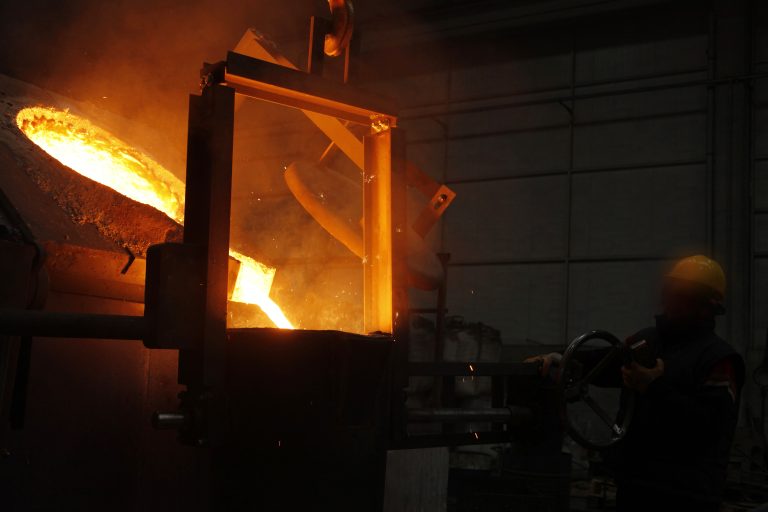Boël family: Belgian industrial dynasty and its influence
Boël family
The origins of industrial dynasty of the Boël family dates back to the late 19th century, when an accountant, Gustave Boël, inherited the assets of his employer, Ernest Boucquéau, who had died without heirs. Among these assets was the Fafera steelworks in Charleroi. Over the following decades, the family's fortune grew significantly as it developed this industrial heritage. When Fafer was sold in 1997, the family realized the accumulated value of the industrial heritage they had built up.
Visit prudent management of family affairsA tradition of private conflict resolution and strategic matrimonial alliances with other influential families have greatly contributed to the accumulation of their wealth. Their activities extend far beyond the steel industry, with significant holdings in financial entities such as the holding Sofina.
The Boël family's commitment to discretion is legendary. Thus, marriages such as that of Marie-Anne Boël to Charles-Emmanuel Janssen strengthened their position in the chemicals sector with a major stake in Solvay. Max Boël, by marrying Anna Guinotte, also amassed two substantial fortunes. Members of the Boël family frequently joined forces with leading personalities, extending the family's influence and network.
Nicolas Boël represents a more open generation, taking on leadership positions such as the presidency of Solvayand slightly more transparent than previous generations.
As for the family's architectural and land heritage, they own a vast tract of land in Wallonia, including a château and several farms, grouped together in a company called Domanoy. The wealth embodied by this estate is a tangible symbol of the family's history and prosperity.

The family's story was marked by notorious controversy when Delphine Boëlan artist, claimed to be the biological daughter of King Albert II. Following a lengthy legal process, she obtained legal recognition of her filiation in 2020, becoming Delphine de Saxe-Cobourg, Princess of Belgium. This legal case was historic for Belgium, involving a sovereign in court for the first time.
| Entity | Description |
|---|---|
| Gustave Boël | Founder of the family fortune via the steel industry. |
| Boël family | One of Belgium's wealthiest families, with a wide range of activities. |
| Delphine de Saxe-Cobourg | Artist, recognized as the biological daughter of Albert II in 2020. |
| Albert II | Former Belgian king at the center of the historic paternity suit. |
| Industry | A key sector in the rise of the Boël family. |
| Discretion | Family policy for managing their private and business lives. |

In conclusion, the story of the Boël family is marked by industrial success, skilful marriage strategiesand a transition to a new generation synonymous with greater transparency. Although their fortunes are largely derived from their steel empire, their influence extends far beyond this, shaping the economic and social fabric of Belgium, with fortunes estimated at more than 3 billion euros. Delphine Boël's recognition as a member of the royal family adds a new chapter to this fascinating family saga.







